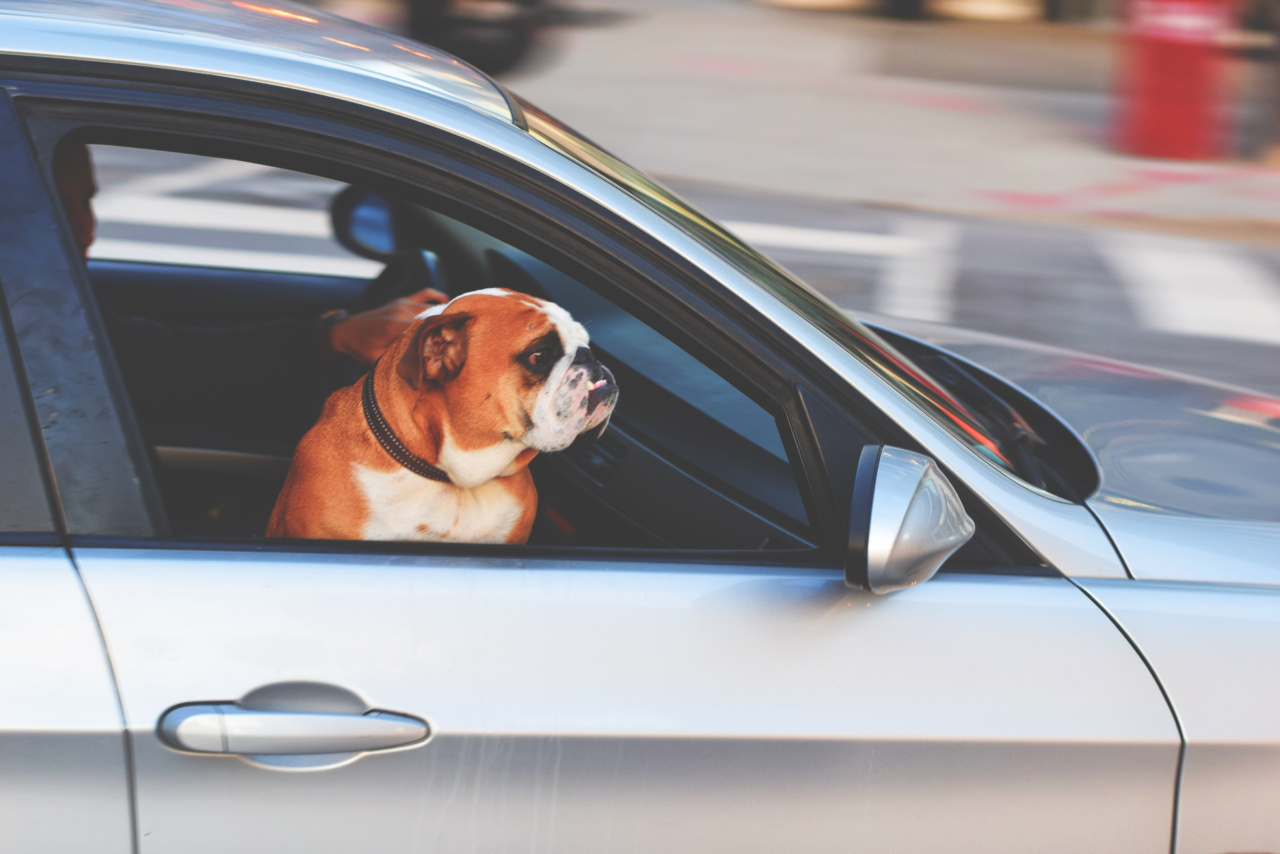Driving with your furry friend can be a great adventure. A pup’s excitement for the ride, love of sticking its head out the window, and pure joy of road trips can make every journey that much better.
However, as much as we love our dogs, they can also be a distraction when driving. This is why some regulations and rules have been put in place. Here’s what you need to know about driving with your dog and how to do it safely and legally.
Securing Your Dog in the Car
No matter how well trained your dog is, it’s essential to keep them secured in the car. A sudden stop, a sharp turn or an accident could cause them to fly off the seat or out of the car.
And that could lead to serious injuries or even death for your beloved pet as well as other passengers in the car, and other motorists.
So, what are the regulations for securing your dog in the car? According to most state rules, drivers have to secure their pets in the car to prevent them from distracting the driver or roaming around the vehicle.
Below are some regulations for dog safety when driving:.
Dog Car Restraint Laws
Car manufacturers now offer improved safety features for pets in vehicles. By finding and using the right product, it could be possible to avoid a ticket or points on your license.
States have also created specific laws and fines for motorists who drive with their pets unrestrained. Some states have even laws dictating how you should transport your dog.
Small Dogs
For smaller dogs, the best options are pet carrier and seat belts. A pet carrier that fits nicely on a car’s seat (not blocking driver’s views) is an excellent choice. Alternatively, you can strap an approved dog seat belt to the car’s seat in the back.
It’s best to harness dogs wearing seat belts to the vehicle’s seatbelt for extra safety.
Large Dog Laws
The requirements for large dogs in the car are slightly more complex. While seat belts and carrier might work for a small dog, they won’t be enough for a bigger dog. One option is to use a safety net.
This is similar to a cargo net and can be installed in the back seat or in the trunk. Another option is a transport crate securely attached to the vehicle’s floor or cargo space during long journeys.
Distracted Driving with a Dog
A significant part of driving with a dog is distracted driving. If your dog is roaming around the car, barking, jumping, you will want to focus on them.
It’s essential to avoid any distractions that could divert your attention while driving and end up putting you, your passengers, and other drivers at risk.
State Requirements
In addition to federal regulations, most states have individual requirements for how pets should be secured in a vehicle. The regulations tend to be about restraining dogs, so they don’t distract the driver and potentially cause an accident.
To ensure you’re meeting your state’s legal requirements, it might be worth checking online or contacting your local DMV or police department.
Best Practices for Driving with a Dog
Now that you know the regulations and guidelines for driving with your dog, you need to know how to make it as safe and comfortable as possible (mainly for your dog). Here are some expert tips:.
Take Care of Dog Comfort
In-car comfort is particularly essential for long journeys. If your pup travels several hours in a small carrier, they could be incredibly uncomfortable.
To ensure your dog is comfortable, they should be able to move around if they want to, stretch their legs if possible and have enough space to stand up, lie down and move around.
Plan Your Trip
Plan your journey alongside your fur buddy before setting off. Make some stops along the way where your dog can stretch its legs, drink water and have some food. Ensure you carry enough dog food, water, and bowls to aid your furry friend’s journey.
You could also carry a familiar blanket or toy to help soothe them.
Groom Your Dog before Defining Your Trip
Ensure your furry friend is groomed and looking sharp. Contacts between dogs and their owners while driving are essential.
Grooming your dog before the trip helps maintain a clean and good smell around the car, mainly if you are going to be together for an extended period of time.
Make Sure Your Dog is Well Hydrated
Dogs do not sweat like humans. Therefore, it’s essential to ensure they are regularly hydrated. Make sure you carry enough water and bowl for your dog to drink from.
Ensure proper air conditioning in the car and carry some extra water to pour on their fur to help cool them down.
Pay Attention to Your Dog’s Behavior
While driving, be aware of your dog’s behavior. If they seem scared, anxious or are whimpering, it’s time to pull over. If you notice abnormal behavior, don’t assume they will settle down with time. It could be time to visit a veterinarian.
Stay Calm Around Your Dog
Most motorists get too hyped around their dogs, especially when driving. Stay calm and relaxed, as any anxiety you show will likely rub off on your pet. You could play soothing music that your dog enjoys. This could even help calm both of you down.
Summary
Driving around with your dog could be fun, only if you do it safely and legally. Proper securing, grooming, and attention to your furry friend’s behavior are essential for any journey, long or short.






























